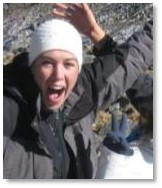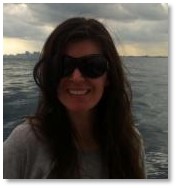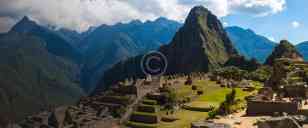Puno
Located on the Andean plateau of Peru, the Puno region is dominated by Lake Titicaca, sacred place of the Incas and home to natural and artificial islands. Among the many destinations, there are pre-Hispanic archaeological sites with circular constructions that still go by their original name of “chullpas”. Puno’s churches are characterized by their distinctive colonial architecture. Its inhabitants are proud of their Quechua and Aymara past, and their folkloric tradition that can be seen every year in the form of dances and rituals during the Candelaria festival. Puno is a legend, a multicolored festival, and home to natural and artificial islands.
Puno is a legend, a multicolored festival, and home to natural and artificial islands.
Location: Located in the mountainous south of Peru, it shares a border with Bolivia. The land is more or less flat, because much of it is on the Collao plateau.
Sillustani
Located on the shores of the Umayo lagoon. Famous for its chullpas, great circular towers built to store the funeral remains of leading authorities for the ancient inhabitants of Collao. Some reach up to 12 metres high, and their bases are smaller than the top sections. The Site Museum, which holds various items from the Colla, Tiahuanaco and Inca Civilizations, is located just a short distance away.
Travel Style: Active
Service Level: Standard
Trip Type: Small Group
Travel Style: Active
Service Level: Standard
Trip Type: Small Group
Uros & Taquille
Uros
There are more than 80 islands, each inhabited by Uro-Aymara families who build floating houses out of reed mats on Lake Titicaca (12,500 feet above sea level). The main islands are Qhantati, Aruma Uro, Santa María Mallco, Suchimaya, Parihuana, Pachamama, Suma Wiljpa, Tupiri, Tribuna, Toranipata, Chumi and Paraíso.
Taquile
The area is known for its friendly people, who still preserve traditional customs and clothes. Among the highlights are the laboriously crafted, fine textiles with symmetric and symbolic patterns, with strong colours that reflect Andean customs and beliefs. It is around 5.72 km2 in size, and the altitude between the port and town varies from 3,810 to 3,950 masl. On the island, remains from pre-Inca periods can be found, and can be particularly well observed on the higher parts of the island . During the colonial era and until the beginning of the 20th century, the site was used as a political prison, but from 1970 it became the exclusive property of the Taquileans.
Travel Style: Active
Service Level: Standard
Trip Type: Small Group
There are more than 80 islands, each inhabited by Uro-Aymara families who build floating houses out of reed mats on Lake Titicaca (12,500 feet above sea level). The main islands are Qhantati, Aruma Uro, Santa María Mallco, Suchimaya, Parihuana, Pachamama, Suma Wiljpa, Tupiri, Tribuna, Toranipata, Chumi and Paraíso.
Taquile
The area is known for its friendly people, who still preserve traditional customs and clothes. Among the highlights are the laboriously crafted, fine textiles with symmetric and symbolic patterns, with strong colours that reflect Andean customs and beliefs. It is around 5.72 km2 in size, and the altitude between the port and town varies from 3,810 to 3,950 masl. On the island, remains from pre-Inca periods can be found, and can be particularly well observed on the higher parts of the island . During the colonial era and until the beginning of the 20th century, the site was used as a political prison, but from 1970 it became the exclusive property of the Taquileans.
Travel Style: Active
Service Level: Standard
Trip Type: Small Group
PERFECT YOUR DREAM VACATION
This is one of the world’s best-known hikes and will reward those willing to break a sweat with a stunning combination of mountainscapes, cloud forests, and jungles.










